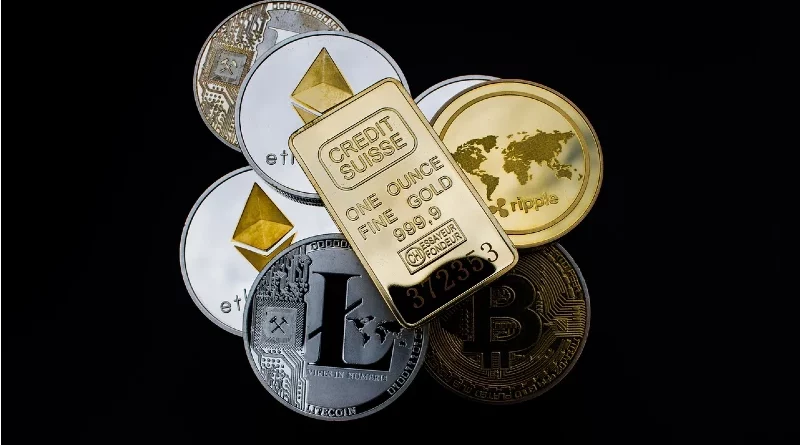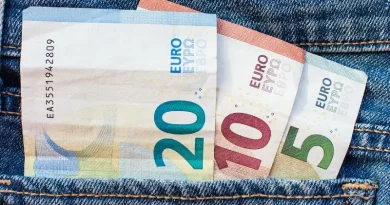Stablecoins vs Traditional Assets: Unveiling the Contrasts
Introduction to Stablecoins and Traditional Assets
The financial world is increasingly embracing digital innovations, with stablecoins emerging as a significant asset class. Unlike traditional assets such as stocks, bonds, and real estate, stablecoins represent a blend of cryptocurrency stability and fiat currency. This article explores how stablecoins differ significantly from traditional assets in various facets of their existence and operation.
Definition of Stablecoins
Stablecoins are cryptocurrencies designed to minimize price volatility by being pegged to a stable asset, like the U.S. dollar, other fiat currencies, or gold. The primary goal of stablecoins is to combine the instant processing and security of cryptocurrencies with the stable value of traditional currencies.
Definition of Traditional Assets
Traditional assets include physical and financial assets such as gold, real estate, stocks, and government bonds. These assets have been part of the economic systems for centuries and are characterized by their tangible nature and regulation.
Key Characteristics of Stablecoins
Stablecoins are digital, generally require an internet connection for transactions, and are backed by reserve assets. Their value is stable, which makes them ideal for everyday transactions and a safe haven during market volatility.
Key Characteristics of Traditional Assets
Traditional assets are often tangible, can be less liquid, and their values are influenced by market dynamics, economic indicators, and governmental policies. They are typically used for long-term investments due to their potential for appreciation over time.
Differences Between Stablecoins and Traditional Assets
Backing of Value
Stablecoins are backed by other assets like fiat currencies or commodities, ensuring their stability. Traditional assets, however, are inherently valuable based on market demand, rarity, or economic utility.
Volatility
Due to their backing, stablecoins exhibit minimal volatility compared to traditional assets, which can fluctuate widely based on market conditions.
Regulation and Oversight
Stablecoins operate in a newer, less regulated digital currency space, although this is rapidly changing. Traditional assets are subject to extensive regulatory frameworks.
Market Accessibility
Stablecoins can be accessed and traded globally and around the clock, offering greater flexibility than traditional assets, which may be bound by market hours and geographical limitations.
Technological Integration
Stablecoins leverage blockchain technology, offering advantages in speed, cost, and security over traditional asset transactions, which may rely on more conventional financial infrastructures.
Advantages of Stablecoins Over Traditional Assets
Stablecoins provide faster transactions, lower fees, and no need for intermediaries, contrasting with traditional assets, which may involve lengthy processes and higher costs.
Challenges Facing Stablecoins
Despite their benefits, stablecoins face issues like legal uncertainty and reliance on underlying asset stability, which can pose risks.
Conclusion
Stablecoins offer a modern approach to asset management and investment, distinguishing themselves from traditional assets through their stability, technological integration, and global accessibility. However, navigating their regulatory landscapes and inherent risks is essential.
FAQs
- What makes stablecoins stable? Stablecoins are pegged to stable assets like fiat currencies, which helps maintain their price stability.
- Can stablecoins replace traditional money? While stablecoins offer an alternative for digital transactions, their ability to replace traditional money entirely depends on user adoption and regulatory acceptance.
- Are stablecoins safe investments? Stablecoins are generally considered safe, especially if they are fully backed by reserve assets. However, the safety largely depends on the issuer’s credibility and regulatory compliance.
- How do traditional assets appreciate in value? Traditional assets appreciate due to factors like scarcity, demand, and economic conditions.
- What are the tax implications of trading in stablecoins versus traditional assets? Tax implications can vary significantly between jurisdictions; typically, stablecoins are treated as property for tax purposes, similar to other cryptocurrencies.




